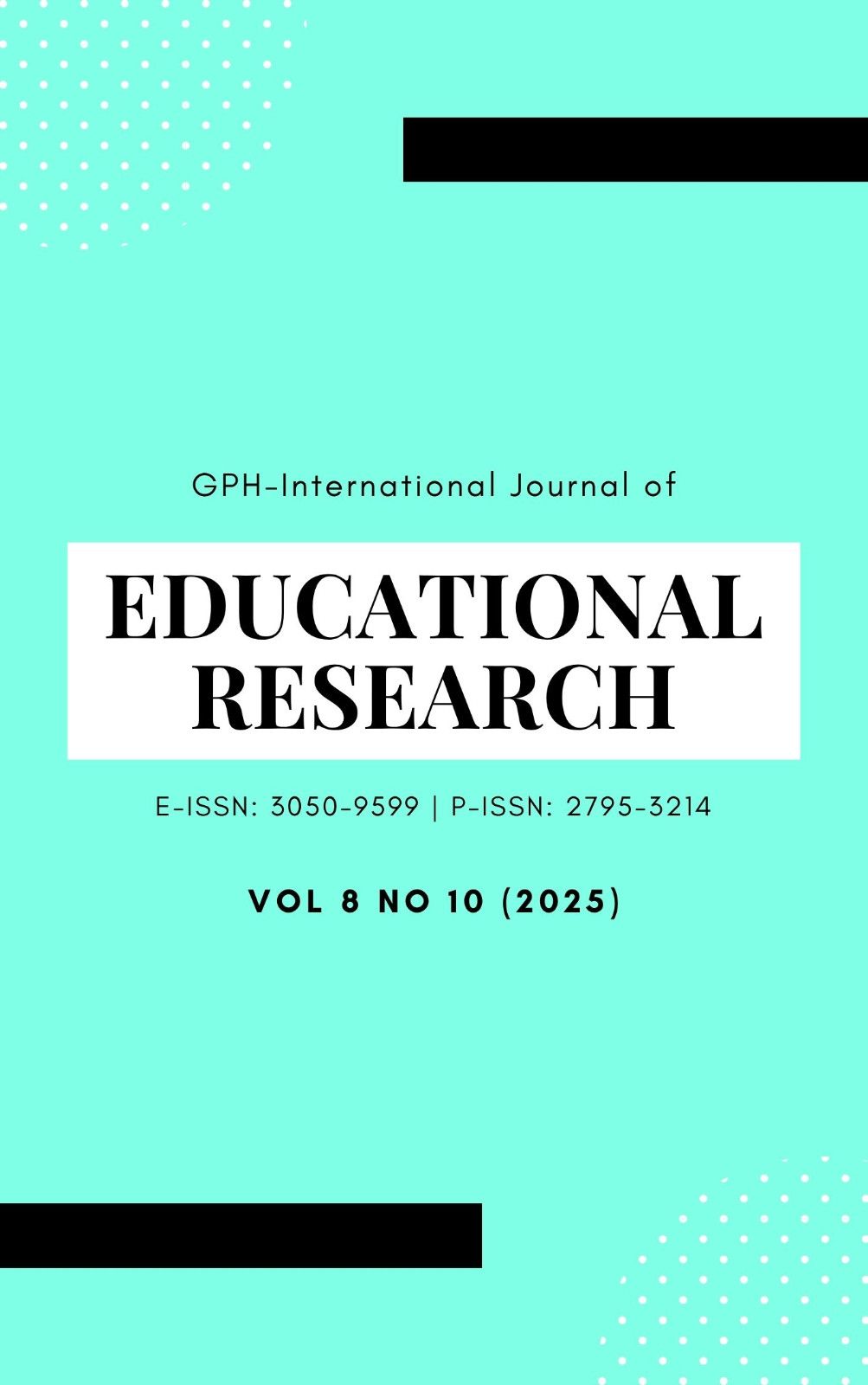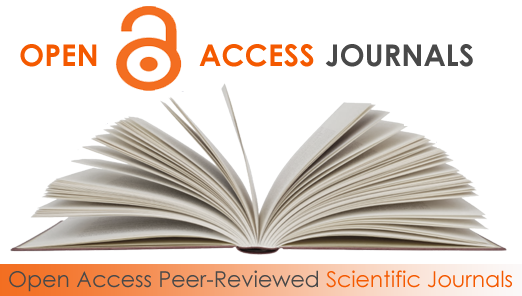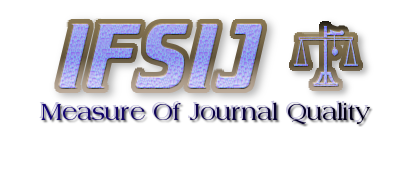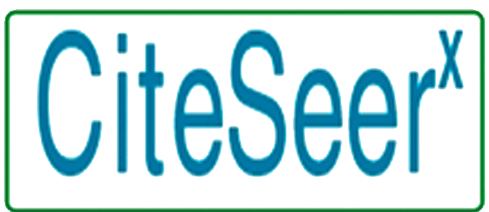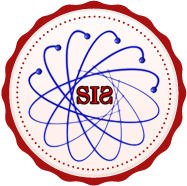Fostering Critical Thinking for Natural Science Students in the AI Era: A Case Study at Thai Nguyen University of Education
Abstract
In the context of the Artificial Intelligence (AI) revolution reshaping higher education, critical thinking (CT) has become a vital skill for students, especially those in the Natural Sciences. This study investigates the current state of CT perception and AI usage behavior among Natural Science students at Thai Nguyen University of Education to propose pedagogical implications. The study employed a quantitative cross-sectional survey design. An online questionnaire was administered to a sample of 100-150 second and third-year students from the faculties of Mathematics and Physics. Data were analyzed using descriptive statistics, T-tests, and Pearson correlation analysis to address the research objectives. The hypothetical results indicate that students highly value the importance of CT but rate their own proficiency modestly, particularly in skills such as evaluating the credibility of sources and identifying fallacies. Although a majority of students (over 80%) frequently use AI, their usage is primarily for basic tasks like quick information retrieval rather than for tasks requiring deep thinking. Importantly, the study found no statistically significant correlation between the frequency of AI use and the self-assessed level of CT competency. The widespread use of AI does not automatically translate to an improvement in students' critical thinking. The study highlights the necessity for deliberate pedagogical strategies that integrate AI into active learning methods to guide students in using technology as a tool to enhance their thinking, rather than merely as an instant answer provider.
Downloads
References
Abrami, P. C., Bernard, R. M., Borokhovski, E., Waddington, D. I., Wade, C. A., & Persson, T. (2015). Strategies for teaching students to think critically: A meta-analysis. Review of Educational Research, 85. https://doi.org/10.3102/0034654314551063
Aizikovitsh-Udi, E., Clarke, D., & Kuntze, S. (2014). Hybrid tasks: Promoting statistical thinking and critical thinking through the same mathematical activities. PNA, 8. https://doi.org/10.30827/pna.v8i3.6115
Al-Fadhli, S. (2008). The impact of e-learning on student’s critical thinking in higher education institutions Kuwait University as a case study. University of Salford (United Kingdom).
Alsaleh, N. J. (2020). Teaching critical thinking skills: Literature review. Turkish Online Journal of Educational Technology-TOJET, 19.
Asensio-Cuesta, S., Blanes-Selva, V., Conejero, A., Portolés, M., & García-Gómez, M. (2022). A user-centered ChatBot to identify and interconnect individual social and environmental risk factors related to overweight and obesity. Informatics for Health and Social Care, 47. https://doi.org/10.1080/17538157.2021.1923501
Bailin, S., & Siegel, H. (2003). Critical thinking. In N. Blake, P. Smeyers, R. Smith, & P. Standish (Eds.), The Blackwell guide to the philosophy of education. Blackwell Publishing. https://doi.org/10.1002/9780470996294.ch11
Bezanilla, M. J., Fernández-Nogueira, D., Poblete, M., & Galindo-Domínguez, H. (2019). Methodologies for teaching-learning critical thinking in higher education: The teacher’s view. Thinking Skills and Creativity, 33. https://doi.org/10.1016/j.tsc.2019.100584
Chaves, A. P., & Gerosa, M. A. (2021). How should my Chatbot interact? A survey on social characteristics in human–Chatbot interaction design. International Journal of Human–Computer Interaction, 37. https://doi.org/10.1080/10447318.2020.1841438
Costa, S. L. R., Obara, C. E., & Broietti, F. C. D. (2020). Critical thinking in science education publications: The research contexts. International Journal of Development Research, 10. https://doi.org/10.37118/ijdr.19437.08.2020
Du, X., Guerra, A., Nørgaard, B., Chaaban, Y., Lundberg, A., & Lyngdorf, N. E. R. (2022). University Teachers’ change readiness to implement education for sustainable development through participation in a PBL-based PD program. Sustainability, 14. https://doi.org/10.3390/su141912079
Duran, M., & Dokme, I. (2016). The effect of the inquiry-based learning approach on student’s critical-thinking skills. Eurasia Journal of Mathematics Science and Technology Education, 12. https://doi.org/10.12973/eurasia.2016.02311a
Ennis, R. H. (1987). A taxonomy of critical thinking dispositions and abilities. In J. B. Baron & R. J. Sternberg (Eds.), Teaching thinking skills: Theory and practice. W.H. Freeman.
Ennis, R. H. (2018). Critical thinking across the curriculum: A vision. Topoi, 37. https://doi.org/10.1007/s11245-016-9401-4
Exintaris, B., Karunaratne, N., & Yuriev, E. (2023). Metacognition and critical thinking: Using ChatGPTGenerated responses as prompts for critique in a problem-solving workshop (SMARTCHEMPer). Journal of Chemical Education, 100. https://doi.org/10.1021/acs.jchemed.3c00481
Fletcher, A. J., & Marchildon, G. P. (2014). Using the Delphi method for qualitative, participatory action research in health leadership. Int J of Qual Methods, 13. https://doi.org/10.1177/160940691401300101
Kolstø, S., Paulsen, V., & Mestad, I. (2024). Critical thinking in the making: Students’ critical thinking practices in a multifaceted SSI project. Cultural Studies of Science Education, 19, 499–530. https://doi.org/10.1007/s11422-024-10217-3
LaForce, M., Noble, E., & Blackwell, C. (2017). Problem-based learning (PBL) and student interest in STEM careers: The roles of motivation and ability beliefs. Education Sciences, 7(4), 1–22. https://doi.org/10.3390/educsci7040092
Loyens, S. M. M., Meerten, J. E., Schaap, L., & Wijnia, L. (2023). Situating higher-order, critical, and critical-analytic thinking in problem- and project-based learning environments: A systematic review. Educational Psychology Review, 35. https://doi.org/10.1007/s10648-023-09757-x
Marangio, K., Carpendale, J., Cooper, R., & Mansfield, J. (2024). Supporting the Development of Science Pre-service Teachers’ Creativity and Critical Thinking in Secondary Science Initial Teacher Education. Research in Science Education, 54(1), 65–81. https://doi.org/10.1007/s11165-023-10104-x
Author(s) and co-author(s) jointly and severally represent and warrant that the Article is original with the author(s) and does not infringe any copyright or violate any other right of any third parties, and that the Article has not been published elsewhere. Author(s) agree to the terms that the Global Publication House will have the full right to remove the published article on any misconduct found in the published article.
